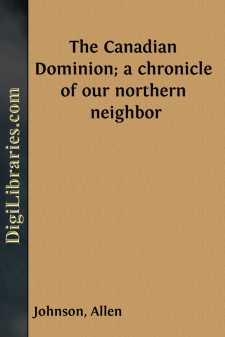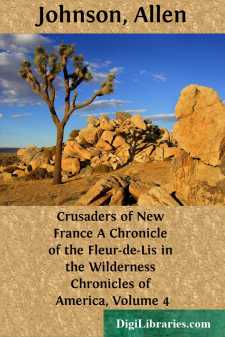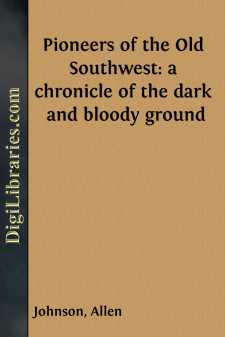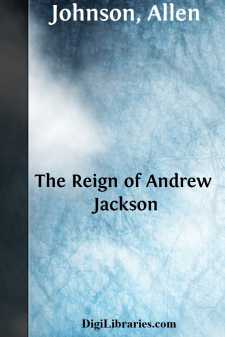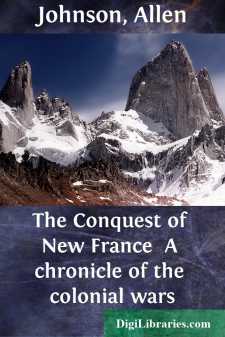Categories
- Antiques & Collectibles 13
- Architecture 36
- Art 48
- Bibles 22
- Biography & Autobiography 813
- Body, Mind & Spirit 142
- Business & Economics 28
- Children's Books 15
- Children's Fiction 12
- Computers 4
- Cooking 94
- Crafts & Hobbies 4
- Drama 346
- Education 46
- Family & Relationships 57
- Fiction 11828
- Games 19
- Gardening 17
- Health & Fitness 34
- History 1377
- House & Home 1
- Humor 147
- Juvenile Fiction 1873
- Juvenile Nonfiction 202
- Language Arts & Disciplines 88
- Law 16
- Literary Collections 686
- Literary Criticism 179
- Mathematics 13
- Medical 41
- Music 40
- Nature 179
- Non-Classifiable 1768
- Performing Arts 7
- Periodicals 1453
- Philosophy 64
- Photography 2
- Poetry 896
- Political Science 203
- Psychology 42
- Reference 154
- Religion 513
- Science 126
- Self-Help 84
- Social Science 81
- Sports & Recreation 34
- Study Aids 3
- Technology & Engineering 59
- Transportation 23
- Travel 463
- True Crime 29
The Canadian Dominion; a chronicle of our northern neighbor
by: Allen Johnson
Description:
Excerpt
CHAPTER I. THE FIRST FIFTY YEARS
Scarcely more than half a century has passed since the Dominion of Canada, in its present form, came into existence. But thrice that period has elapsed since the fateful day when Montcalm and Wolfe laid down their lives in battle on the Plains of Abraham, and the lands which now comprise the Dominion finally passed from French hands and came under British rule.
The Peace of Paris, which brought the Seven Years' War to a close in 1763, marked the termination of the empire of France in the New World. Over the continent of North America, after that peace, only two flags floated, the red and yellow banner of Spain and the Union Jack of Great Britain. Of these the Union Jack held sway over by far the larger domain—over the vague territories about Hudson Bay, over the great valley of the St. Lawrence, and over all the lands lying east of the Mississippi, save only New Orleans. To whom it would fall to develop this vast claim, what mighty empires would be carved out of the wilderness, where the boundary lines would run between the nations yet to be, were secrets the future held. Yet in retrospect it is now clear that in solving these questions the Peace of Paris played no inconsiderable part. By removing from the American colonies the menace of French aggression from the north it relieved them of a sense of dependence on the mother country and so made possible the birth of a new nation in the United States. At the same time, in the northern half of the continent, it made possible that other experiment in democracy, in the union of diverse races, in international neighborliness, and in the reconciliation of empire with liberty, which Canada presents to the whole world, and especially to her elder sister in freedom.
In 1763 the territories which later were to make up the Dominion of Canada were divided roughly into three parts. These parts had little or nothing in common. They shared together neither traditions of suffering or glory nor ties of blood or trade. Acadia, or Nova Scotia, by the Atlantic, was an old French colony, now British for over a generation. Canada, or Quebec, on the St. Lawrence and the Great Lakes, with seventy thousand French habitants and a few hundred English camp followers, had just passed under the British flag. West and north lay the vaguely outlined domains of the Hudson's Bay Company, where the red man and the buffalo still reigned supreme and almost unchallenged.
The old colony of Acadia, save only the island outliers, Cape Breton and Prince Edward Island, now ceded by the Peace of Paris, had been in British hands since 1713. It was not, however, until 1749 that any concerted effort had been made at a settlement of this region. The menace from the mighty fortress which the French were rebuilding at that time at Louisbourg, in Cape Breton, and the hostility of the restless Acadians or old French settlers on the mainland, had compelled action and the British Government departed from its usual policy of laissez faire in matters of emigration....


